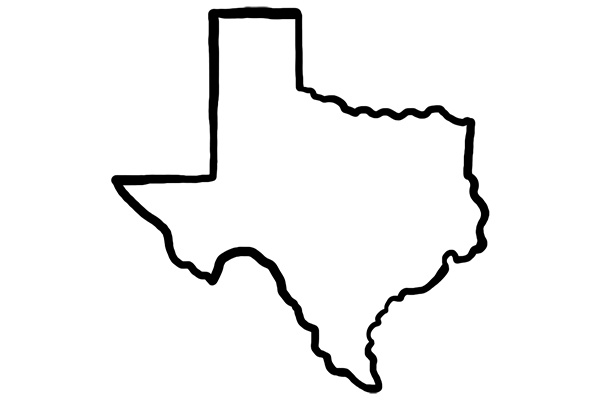Experts say ‘there hasn’t been’ a COVID-19 response from Texas, leaving local governments to act ‘much tougher’
March 24, 2021
Editor’s Note: This article first appeared in the March 12 issue of The Daily Texan.
COVID-19 has tested state officials’ leadership as the on-going public health crisis has killed nearly 46,000 Texans.
Public health and policy experts told The Daily Texan that the state’s response has been relatively less aggressive than other states in fighting off the spread of COVID-19, leaving local governments to act in the state’s place.
Steven Pedigo, director of the LBJ Urban Lab, a University urban policy think-tank, said Texas ranks number 46 nationwide in vaccination rates, even before the recent winter storm.
“The data speaks for itself … We were 46th and 45th … on several of these metrics,” Pedigo said. “I think that’s all you need to know about the way that we have thought about our response to COVID.”
Donald Kettl, a professor in the LBJ School of Public Affairs, said a majority of states implemented preventative measures before Texas and are currently taking a more aggressive approach in response to the COVID-19 pandemic.
“Many of the states … tended to move more quickly, both to tamp down the spread of the virus and then to move more aggressively toward vaccinating the population,” Kettl said.
While some states, like Vermont and Washington, prioritized health policies, Texas focused more on economic policy, as the state prevented businesses from shutting down and introduced new opportunities such as selling alcohol to-go, Pedigo said.
“We’ve been a bit more pro-business … Our economy here has been a little bit better than other places,” Pedigo said. “Some states went too far down the way in terms of divorcing public health from the economy.”
Joshua Blank, research director for the Texas Politics Project, said Abbott used most executive orders to limit what policies local governments were able to implement.
“The interesting thing in many ways … about the Texas legislative response is that there hasn’t been one,” Blank said. “The legislative branch of government has not, to this point … done anything of note besides hold some initial hearings.”
Local governments, like those in Austin and Dallas, implemented most COVID-19 containment policies and enforced much more stringent measures, such as mask mandates punishable by law and business capacity limits, Blank said.
From 2019 to 2020, Gov. Greg Abbott increased his use of executive orders by 1350%. Abbott passed two executive orders in 2019, and since the onset of the COVID-19 pandemic, he has signed 27 orders, 26 of which were pandemic-related.
Last week, Gov. Abbott issued an executive order ending the statewide mask mandate and allowing all businesses to open at 100% capacity beginning March 10.
“Texas in general was later than most states at adopting things like social distancing and mask mandates,” Kettl said. “Local governments on the other hand have tended to be much tougher both in trying to act early and trying to keep the restrictions longer.”
Efforts to deny or deflect the realities of the virus and importance of the vaccine pose the largest barriers to containing the spread of COVID-19, Kettl said.
“The risk of being late to impose restrictions and too early to lift them means that we run the risk of having the virus continue to circulate and continue to cause trouble,” Kettl said. “There are going to be some pockets of the state that are more likely to be places where the virus is going to continue to spread as a result of that.”











